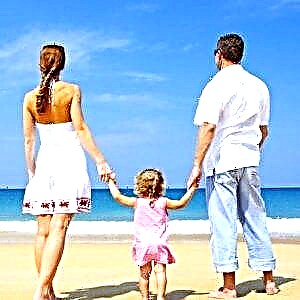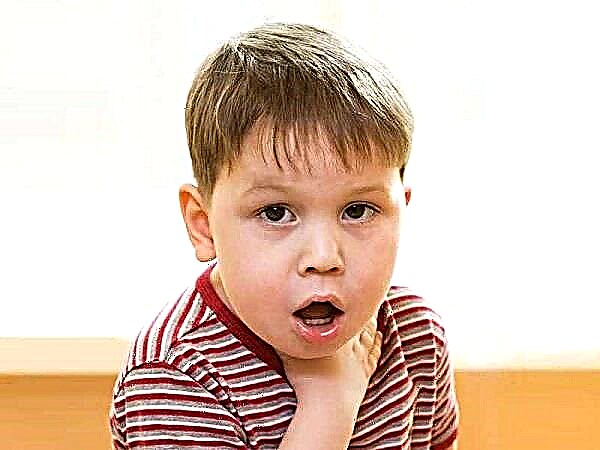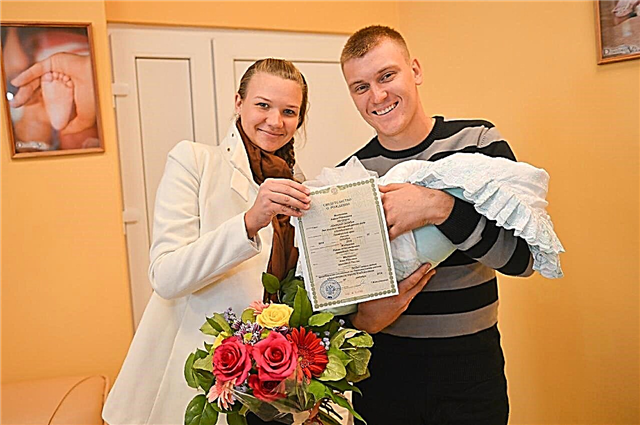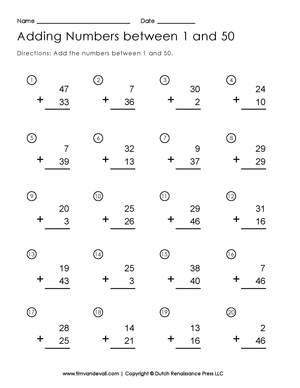What summer is it without swimming in a river, lake or sea? Relaxing by the water is a great opportunity to swim, swim and improve your health. Children are no exception in this regard. A rare child will refuse to splash in cool water on a fine summer day. But often the parents themselves, performing certain actions, spoil the rest with their own hands or even take steps that threaten the health of the child. In our article, we will analyze the main mistakes when relaxing by the water with children and tell you how to avoid them.

Parents do not know the rules for choosing a place and time for bathing with children
Rest starts with choosing a place and time.
Of course, if you are relaxing with a child, the choice of a place should be approached with great care:
 it is necessary to find out in advance whether the reservoir or river is suitable for bathing, whether the water indicators meet sanitary standards;
it is necessary to find out in advance whether the reservoir or river is suitable for bathing, whether the water indicators meet sanitary standards;- the day before, explore the beach and the seabed in the place where you will rest. The shore must be clean, free of debris. The bottom is better with a slight and gradual slope, without a sharp drop or dimples;
- it is better to go swimming with the child before 11 o'clock in the afternoon and after 16:00. This rule should be followed unswervingly on especially hot days. This is less likely to cause heatstroke or sunburn.
Be sure to ask your child to go to the toilet before entering the water. After all, relieving need in an open reservoir is a very bad idea.
Also, don't forget to bring water with you. A child, when thirsty, will easily try the water from the lake, which is fraught with intestinal disorders.
Medical contraindications and age limit are neglected
- swimming in open water is allowed only for babies who have reached 2 years old;
- if the child is sick with a cold, in no case should you swim. Even mild hypothermia will worsen the condition;
- only after consulting a doctor can children who have chronic diseases of the ear, throat, nose, chronic tonsillitis, frequent or recurrent bronchitis and pneumonia can swim.
Do not supervise children when bathing on their own
Supervising children while swimming is a must. Inseparable. It is necessary to enter the water with a child under 7 years old. It is better to hold the babies in their arms and so gradually enter the water. Especially if this is the first such procedure. This way children are less likely to be scared.
A child over 7 years old is already able to swim independently, but only under the supervision of adults.

The biggest mistake parents make is drinking alcoholic beverages. Control falls, less and less attention is paid to the child, when it is necessary to provide first aid, the reaction and general concentration are noticeably reduced.
Have no idea how to help a drowning person and provide first aid for drowning
Parents need to know what to do in an emergency, be it a burn, injury, poisoning, or drowning.
- First, as soon as you notice that your child is giving distress signals, immediately get him out of the water. The sooner you do this, the more favorable the forecast will be. In parallel, you should call an ambulance or call rescuers.
If the child has already stopped breathing, and the heartbeat has disappeared, cardiopulmonary resuscitation should be started immediately;
- as soon as you get the child out of the water, lay him down on a hard surface (ideally, a wooden board).
Do not press on your stomach to rid your body of excess water. The liquid from the stomach can enter the lungs, and not outside, which will only aggravate the situation;
- free your mouth from vomit and foreign bodies, if any. And immediately start mouth-to-mouth or mouth-to-nose resuscitation.
Cover your baby's nose when you exhale into your mouth. And vice versa. When breathing into your nose, cover your mouth tightly with your hand. So the air will not come back out, but will enter the lungs.
Ideally, artificial respiration should be started while still in the water, before the victim is ashore;
- during artificial respiration, water will come out of the lungs. In this situation, you should turn your head to one side and raise the opposite shoulder;
- if the child began to breathe, but has not yet regained consciousness, one should continue;
- if breathing is not restored, it is necessary to connect an indirect heart massage. To do this, place your hands on the border of the lower and middle third of the sternum. One palm on top of the other, perpendicular to each other. Pressing on the chest should be strong, rhythmic, so that you feel an excursion of 3-4 centimeters. The recommended frequency is 100 per minute;
- if help is provided by one person, which is more difficult, there are 2 breaths for every 15 clicks. If resuscitation is carried out by two - for one breath 5 pressings;
- during cardiopulmonary resuscitation, the presence of a pulse on the carotid arteries (in the neck) and the occurrence of breathing should be monitored. These are signs that you are on the right track;
- after the restoration of breathing, heartbeat and clarification of consciousness, the injured child should be covered with a blanket and a light massage of the limbs should be performed in the direction from the fingers to the center of the body.
Poorly imagine what kind of manipulations a child needs upon coming home
When you get home, be sure to shower your child with soap and water. Pay attention to genital hygiene. Check for water in your ears.
By following simple rules and armed with the necessary knowledge, you will have a great time by the water!
Article rating:

 it is necessary to find out in advance whether the reservoir or river is suitable for bathing, whether the water indicators meet sanitary standards;
it is necessary to find out in advance whether the reservoir or river is suitable for bathing, whether the water indicators meet sanitary standards;

